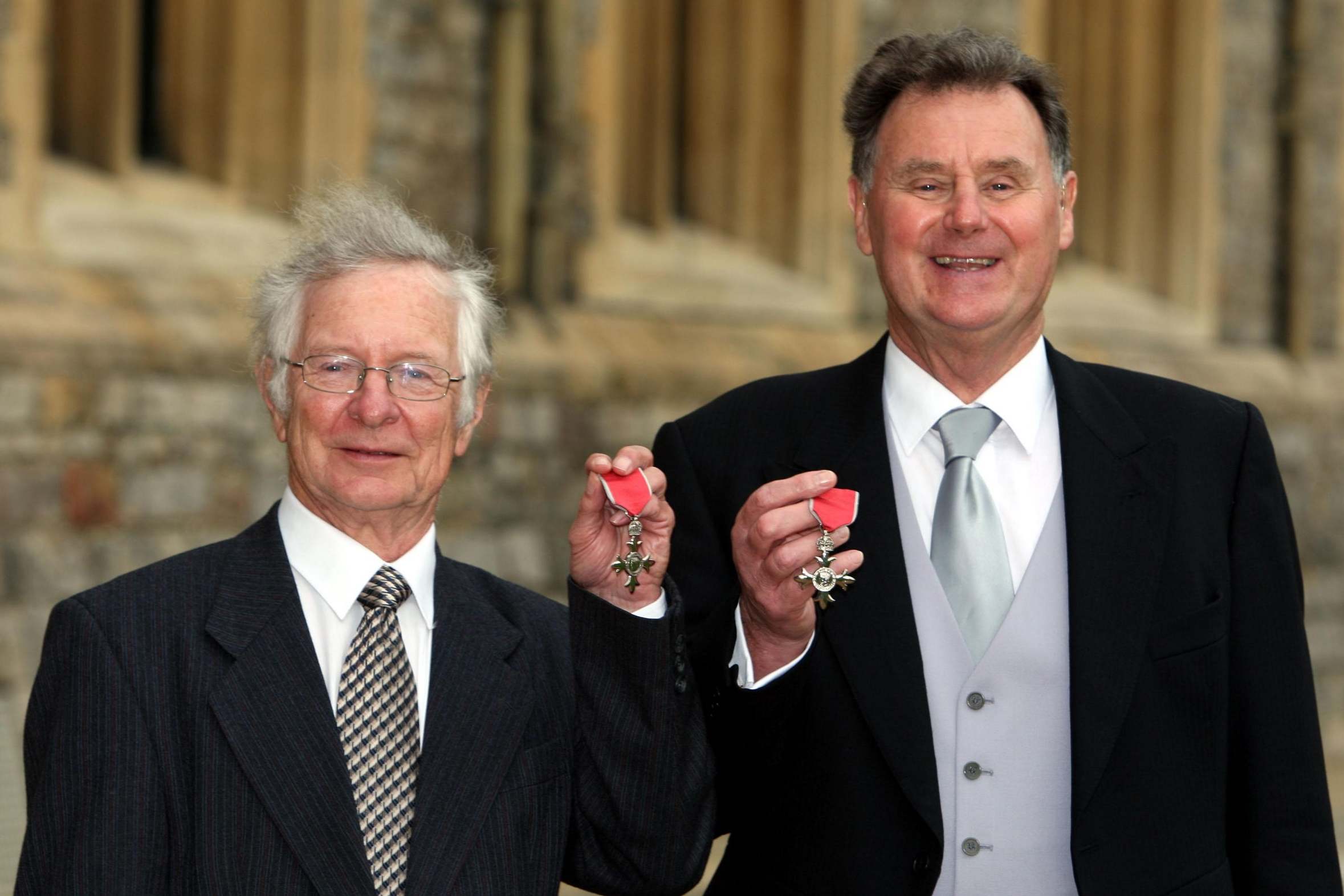Tony Lewis: Cricket statistician and co-creator of the Duckworth-Lewis method
His formula for settling rain-affected matches proved to be a major contribution to the sport

The mathematician and statistician Tony Lewis, who has died aged 78, was one half of arguably modern cricket’s most famous, if not its most controversial, partnership.
He and fellow academic Frank Duckworth did not know each other before they united to create their eponymous method, a mathematical formula designed to be a fairer way of determining the outcome of rain-affected one-day cricket matches.
Born in Bolton, Anthony John Lewis spent his formative years in the tiny Lancashire village of Grimsagh, near Preston. He was educated at Kirkham Grammar School, where his prodigious talents, both academic and sporting, rapidly came to the fore. A combative rugby forward and a talented opening batsman, he was rarely very far from a cricket field for the rest of his life. While reading mathematics at the University of Sheffield, academic work was again supplemented by a varied diet of sporting activity, not least an appearance in the Universities Athletics Union rugby finals of 1964.
Lewis began his professional career as an assistant master at Wrekin College in Shropshire, before going on to teach at Leicester Regional College of Technology, later Leicester Polytechnic. Moving to Australia in 1977, he taught in the School of Mathematics, Computing and Statistics at Edith Cowan University in Perth. He took Australian citizenship and was later seconded to the Western Australian government railways department.
Returning to England in 1991, he lectured at the University of the West of England in Bristol, before ending his academic career as the senior lecturer in quantitative methods in management at the Oxford Brookes Business School.
It was the fiasco of the semi-final of the 1992 cricket World Cup played in Australia, when South Africa needed 22 runs to beat England with 13 balls left, that set cricket lovers a conundrum to solve. Rain intervened, and when play resumed, South Africa still required 22 to runs to win, but now they had just one ball left to get them.
Considering the problem, Frank Duckworth, a Liverpool University graduate with a lifetime of experience in Britain’s nuclear industry, subsequently presented a paper at the annual conference of the Royal Statistical Society entitled A Fair Result in Foul Weather. Made aware of it by a colleague, Lewis first got in touch with Duckworth in July 1993.
Realising that they were close neighbours in rural Gloucestershire, these two exiled Lancastrians began to meet regularly in the Snug of the Pickwick Inn in Lower Wick, as they developed and codified their system, initially labelled the Waikiki Formula and later the Lancastrian Method.
Their first meeting with the English cricket authorities took place in October 1995. Present that day was the ICC’s cricket chief, David Richards, who played a vital role in implementing Duckworth-Lewis worldwide. It was first used in the second one day international in Harare on 1 January 1997.
Duckworth-Lewis moved from the international arena into first-class cricket later that year. Minor county competitions followed 12 months later. Today it is increasingly being used throughout local league and club cricket. It was refined in 2015 by Dr Steven Stern at the Australian National University in Canberra: a mobile phone app has now replaced the initial computer software.
Unlike earlier systems that used a calculation based on average run rate, the key to Duckworth-Lewis is its table of figures resembling logarithms which calculate the “resources” left to the side batting in the event of rain. Resources are the number of overs received and the number of wickets remaining – this, after all, affects how the side batting second chase a total. What sets Duckworth-Lewis apart is its unique ability to translate an imponderable set of circumstances into the precise language of mathematics.
The two men were awarded the Goodeve medal from the Operational Research Society in 2009, and received MBEs the following year. They also inspired the Irish band The Duckworth Lewis Method, featuring Neil Hannon of The Divine Comedy.
After retiring from academia, Lewis travelled extensively, much in demand for seminars and master classes. After all, without his consummate communicative skills, allied to Frank Duckworth’s scientific purism, their method might never have been accepted.
He is survived by his second wife, Loris, and two children.
Tony Lewis, mathematician and statistician, born 25 February 1942, died 15 March 2020
Join our commenting forum
Join thought-provoking conversations, follow other Independent readers and see their replies
Comments
Bookmark popover
Removed from bookmarks